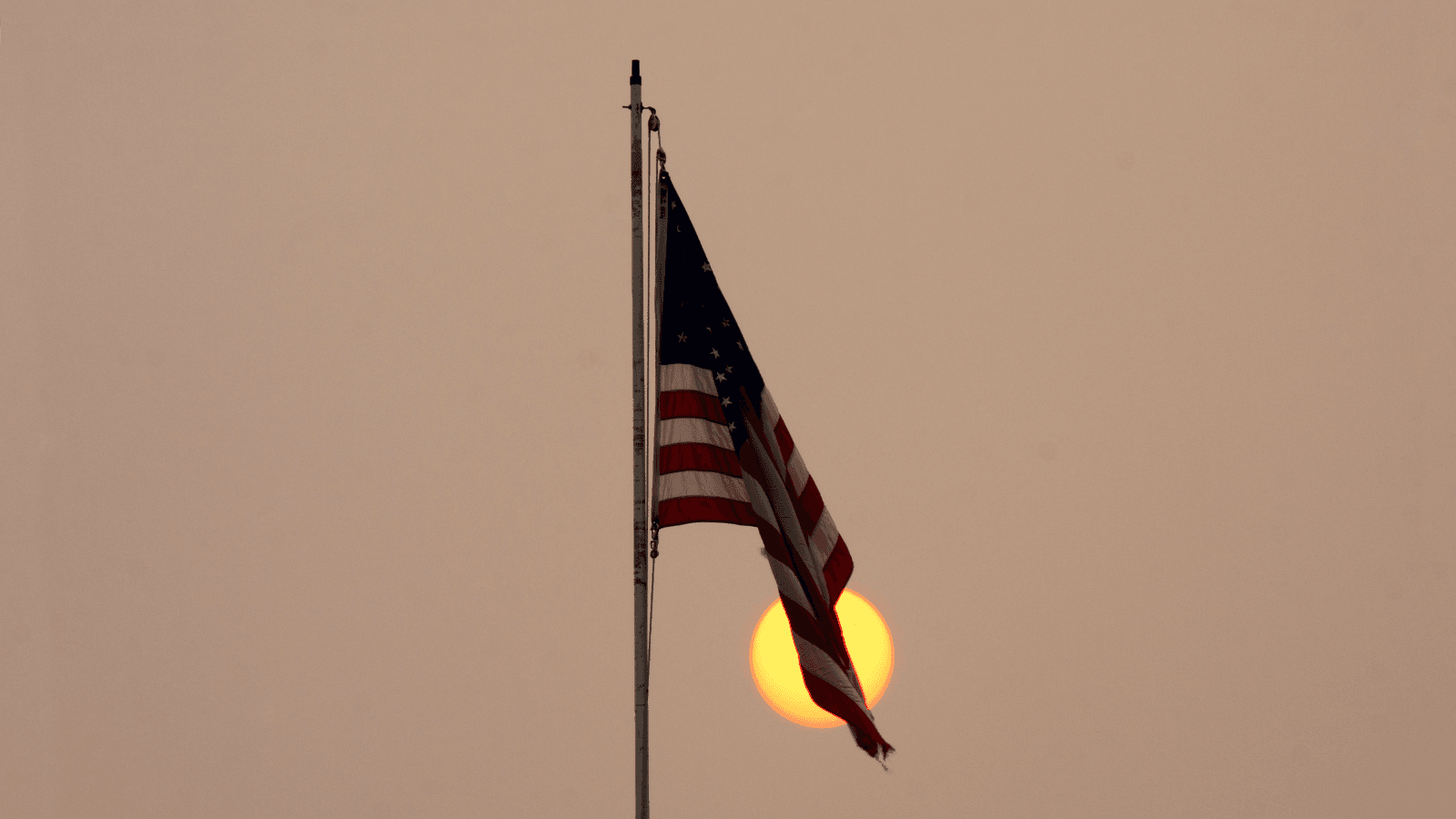By Carolyn Heckman
“Why is it so hazy outside?”
As an apocalyptic, orange haze settled over the region earlier this summer, this question was one that many were asking. Even more recently, the thick haze returned, and the Pennsylvania Department of Environmental Protection declared another Code Red for air quality in all of Pennsylvania, along with Code Purple warnings for certain parts of the state. Cities across the U.S.–and in Pennsylvania from Pittsburgh to Harrisburg to Philadelphia–are being continually choked by haze and smoke as wildfires continue to burn in Canada. This is expected to continue throughout the summer, going from May until October or possibly even longer, as wildfire season is in full swing. The issue here, of course, isn’t just the visible haze being produced. It is also what is in smoke we are breathing.
Why is this smoke dangerous?
Wildfires release fine particles of soot containing dust, heavy metals, and organic chemicals (also known as PM2.5) into the atmosphere. The consequences of breathing in soot can be quite severe and life threatening, particularly to the more vulnerable, like those with respiratory illnesses, pregnant women and their babies, children, and the elderly. Poor air quality can dramatically increase the risk of respiratory issues and diseases like asthma, COPD, heart attacks and strokes, and severe allergies. In addition, PM2.5 exposure contributes to shorter lifespans, dementia, autism, and ADHD. Pregnant women and their babies are also at heightened risks of low birth weight, preterm birth, and infant mortality due to this pollution.
How long do you need to be exposed for there to be a risk?
Currently, the EPA has stated average standards with levels of 12.0 µg/m3 and 15.0 µg/m3 are considered safe, while 24-hour standards levels max out at 35 µg/m3. Once past 35 µg/m3, levels are considered unhealthy for everyone but especially the vulnerable. On June 29, 2023, parts of Pennsylvania saw these 24-hour exposure levels of PM2.5 soar past 80 µg/m3, making the air dangerous to breathe for everyone.
While the danger of pollution has been particularly visible this summer, we have already been breathing in soot on a daily basis. It surrounds us each and every day, entering our lungs with each breath we take. The primary source for PM 2.5 is the burning of fossil-fuels. Power plants spew out these fine toxic particulates along with NOx, carbon dioxide, and other toxic gasses. This is polluting our air and warming our world while also threatening our health and lives of our children, both born and unborn.
What is the connection between wildfires and climate change?
Let’s start with the greenhouse gas effect. One way to think about the greenhouse effect is to consider a parked car on a blacktop during the summer months. The inside of the car gets hotter because the heat is trapped inside by the glass. The glass is like our atmosphere. While greenhouse gasses (or GHGs) exist naturally in our atmosphere, gasses such as Carbon Dioxide (CO2), Methane (CH4), Nitrous Oxide (N2O), and Fluorinated Gases have been spewed into the atmosphere and increasing since the Industrial Revolution. Like the glass of a car, GHGs absorb and trap heat. Over the last 25 years especially, the increase in GHGs has made it warmer all around the world, hence the more popular term for climate change, “global warming.”
This pollution not only raises temperatures; it also contributes to the extreme weather that we all have been experiencing. As temperatures continue to soar, with the hottest days in Earth’s history now being recorded, heat waves and drought are becoming the new normal. Increased droughts rob soil and vegetation of moisture, making wildfire risk greater than ever. As we move into an unpredictable future with changing climate and air quality, it is important to stay hopeful and take action.
What can we do to care for God’s Creation?
All of us can be a part of the solution. By taking action–both individually and collectively–we can truly make a difference. For instance, reducing personal energy usage both cuts down on energy costs and reduces emissions generated from fossil fuels. You can also change your energy provider and switch to renewable energy using PAPowerSwitch or by contacting a solar provider to inquire about getting a solar system installed on your home or rental unit. You can calculate your personal energy usage using this link and track how different lifestyle changes can make a positive impact.
You can also speak out for sound government policies that set pollution safeguards and provide proper economic and societal incentives to limit emissions on a much larger basis. A great first step is sending a comment to the U.S. EPA in support of the agency’s newly proposed carbon pollution standards, which place limits on emissions produced by fossil-fuel-fired power plants.
We are far from hopeless, as we are all God’s children and stewards of God’s creation. “The Lord God took the man and put him in the Garden of Eden to work it and take care of it.” (Genesis 2:15, NIV) Let us do the work of defending God’s garden today.






